df1
df2
df3
library(dplyr)
library(fuzzyjoin)
df1 <- tibble(a =c("Apple Pear Orange", "Sock Shoe Hat", "Cat Mouse Dog"))
df2 <- tibble(b =c("Kiwi Lemon Apple", "Shirt Sock Glove", "Mouse Dog"),
c = c("Fruit", "Clothes", "Animals"))
# Appends 'Animals'
df3 <- regex_left_join(df1,df2, c("a" = "b"))
# Appends Nothing
df3 <- stringdist_left_join(df1, df2, by = c("a" = "b"), max_dist = 3, method = "lcs")
I want to append column c of df2 to df1 using the strings, 'Apple', 'Sock' and 'Mouse Dog'.
I tried doing this with regex_join and fuzzyjoin but the order of the string seems to matter, and can't seem to find a way around it.


